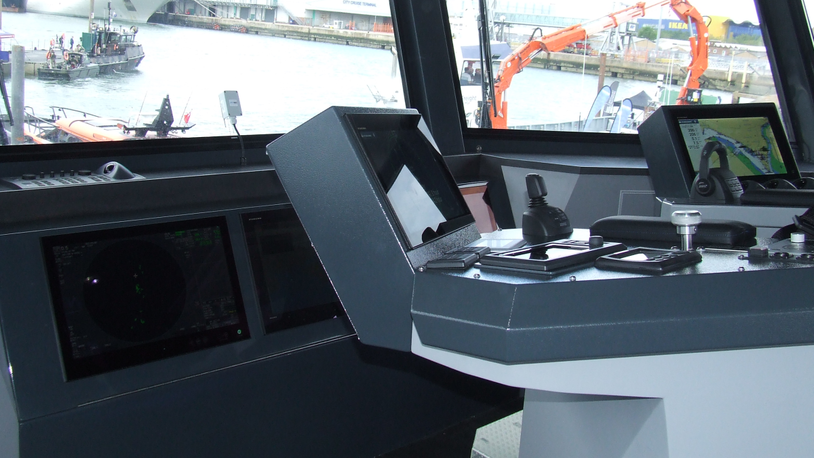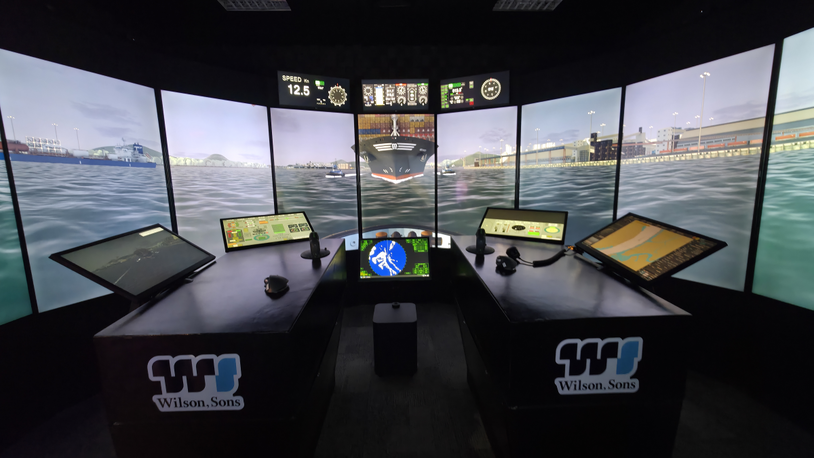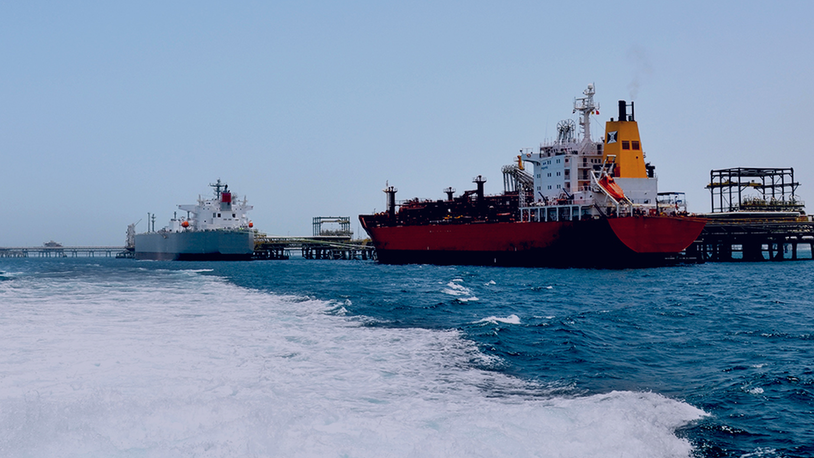Business Sectors
Events
Contents
Electronic control gives better fuel injection precision
MAN Diesel’s engine mounted electronic control unit – SaCoSone – allows enhanced mapping of engine parameters, thus enabling precise setting of fuel injection, charge air and valve timing
At MAN Diesel, based in Augsburg, Germany, electronic engine and drive-train control is considered a core strategic technology. Thus, as with other core competences such as turbocharging and fuel injection equipment, MAN produces both its own hardware and software in house.
This leading manufacturer notes that, as well as the inherent accuracy of microprocessor-based engine controls, such technology gives essential simplicity compared with mechanical and hydraulic devices, also the wider engine and drive-train management as well as opening up several useful possibilities to an enginebuilder. Electronic control is also the enabling technology for advanced fuel injection equipment such as MAN Diesel’s in-house developed common rail systems, innovative turbocharging techniques including the company’s variable turbine area (VTA) and two-stage systems, advanced thermal management and variable engine valve timing.
These are all primary measures used or due to be used to enhance fuel efficiency and lower exhaust emissions ‘at source’, ie, in the combustion chamber. Indeed, primary measures have gained renewed impetus as a principal line of attack in emissions reduction by exploiting the control possibilities of digital electronics in engine management.
For example, SaCoSone, MAN Diesel’s most recent engine control device, enables precise fuel injection rate shaping, including multiple events. On the air management side, it is central to control of the company’s recently announced VTA and sequential turbocharger technologies.
As well as its application on conventional turbochargers, electronically controlled VTA technology is an essential building block in MAN Diesel’s high pressure two-stage turbocharging system, as a means of matching the input and output of two turbochargers in series. Emphasising the effect of electronics on emissions reduction and fuel efficiency, MAN’s two-stage high pressure turbocharging system has already demonstrated pressure ratios above 6.5, enabling mean cylinder pressures of more than 30 bar. In combination with a strong, variable Miller process – itself enabled by MAN Diesel’s electronically controlled variable valve timing (VVT) system – NOx reductions as high as 35 per cent are possible, together with fuel consumption savings as high as 8 per cent.
SaCoSone stands for ‘Safety and Control System – On Engine’. Compact in size and mounted entirely on the prime mover, it combines enhanced mapping of all engine control parameters and thus enables more precise setting of fuel injection, charge air and valve timing. The system consists of three modules which handle the safety and control system, the activation of solenoid valves and the interface to the ship or plant monitoring system, including control of ancillary devices.
MAN Diesel states that the fundamental philosophy behind SaCoSone is to achieve modularity, redundancy and flexibility. Based on this concept, the system can be used for all MAN engine types, whether produced in-house or by licensees.
As well as its control and safety features, SaCoSone boasts advanced monitoring and diagnostics, including remote ‘online’ monitoring via telephone connections or the Internet. To further enhance operational safety, a variant of the SaCoSone system with two electronic control units offers complete redundancy.
In detail, SaCoSone is a modular electronic package employing plug-in replaceability and based on modern embedded microcontroller technology. It employs high reliability hardware suited to operation in harsh environments and uses established well-structured software. According to MAN Diesel, it supports all standard interface types for communication between the engine, power or propulsion train and peripheral systems, and its human machine interface is in-built in the form of a touch screen on the engine-mounted control panel. As a completely factory pre-tested system, SaCoSone also allows short commis-sioning times.
According to engine type, MAN Diesels offers a number of SaCoSone variants, eg, the SaCoS DF system for control of its type 51/60 DF dual-fuel engines for LNG tankers. SaCoS DF controls injection of the liquid fuel pilot gas individually at each cylinder in gaseous fuel mode, main injection during liquid fuel operation, compressor by-pass flap control on the turbocharger to adjust the air:fuel ratio, and seamless changeover between liquid and gaseous fuel modes. MEC
Related to this Story
Events
Offshore Support Journal Conference, Americas 2025
LNG Shipping & Terminals Conference 2025
Vessel Optimisation Webinar Week
© 2024 Riviera Maritime Media Ltd.













